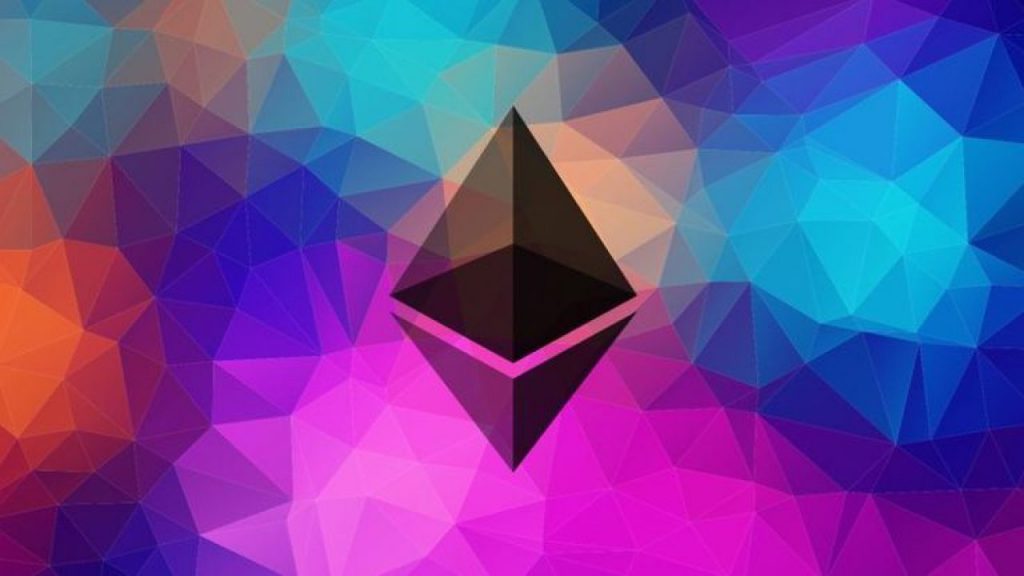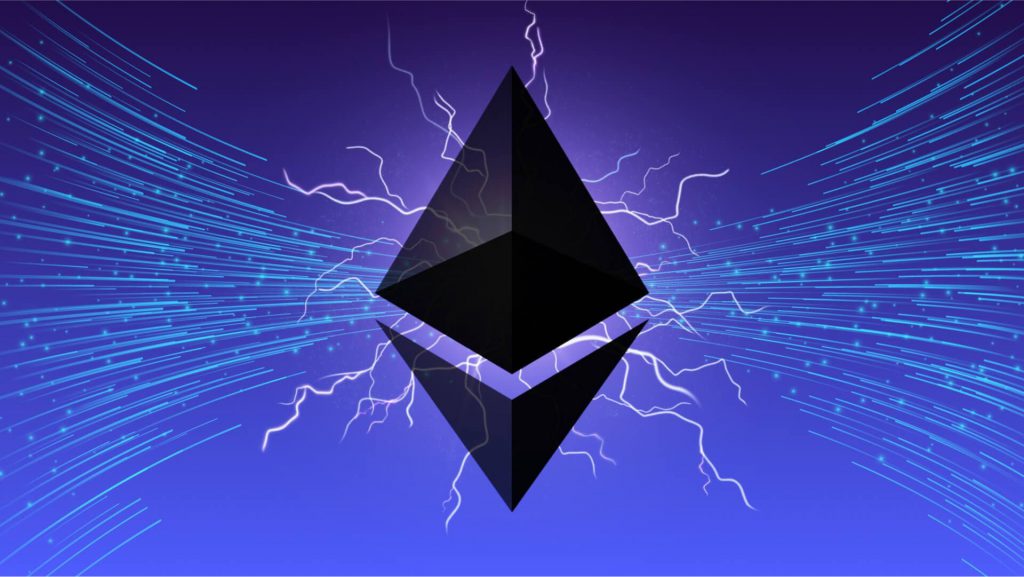The Ethereum merge was one of the most anticipated and much-awaited updates to its blockchain network.
On Thursday, September 15, 2022, the Ethereum Network finally switched to proof-of-stake mining, ending the proof-of-work mining paradigm. The blockchain now uses 99.95% less energy than it did in the past, ushering in a more environmentally friendly age in the cryptosphere.
The transition from proof-of-work to proof-of-stake has been in the process for a long time. The network was frequently held accountable for the effects it had on the ecology and the environment. The merge finally marked the end of these accusations.
The change has made it difficult for miners since validators have taken their position. Many people eventually started exploring other mineable currencies, such as ETC. However, it was at that time that a formal notification indicating the beginning of an Ethereum proof-of-work fork was issued (ETHW).


What is Ethereum PoW?
The Ethereum PoW community declared that a “hard fork is inevitable” back in mid-August. The team was already taking steps to ensure the success of the hard fork.
According to information provided at the time, the community had already removed the difficulty time bomb. It also changed the Chain ID to give replay protection and finished setting up the testnet, advancing the plans.
The Ethereum PoW emerged after the merge to safeguard the original Ethereum based on proof-of-work. Even though merge was successful in its mission of reducing its environmental effects, it had repercussions on ETH miners.
To safeguard the miners, ETHW was launched 24 hours after the merge. It soon received support from many and several exchanges listed the coin after its launch. At the time of writing, ETHW is trading at $8.78 as per the data from CoinMarketCap.


Reports stated that ETH miners earned $1 billion higher than BTC miners. Post-merge, the numbers literally went to zero. However, the miners have likely chosen an alternative coin to continue with their mining activities.





